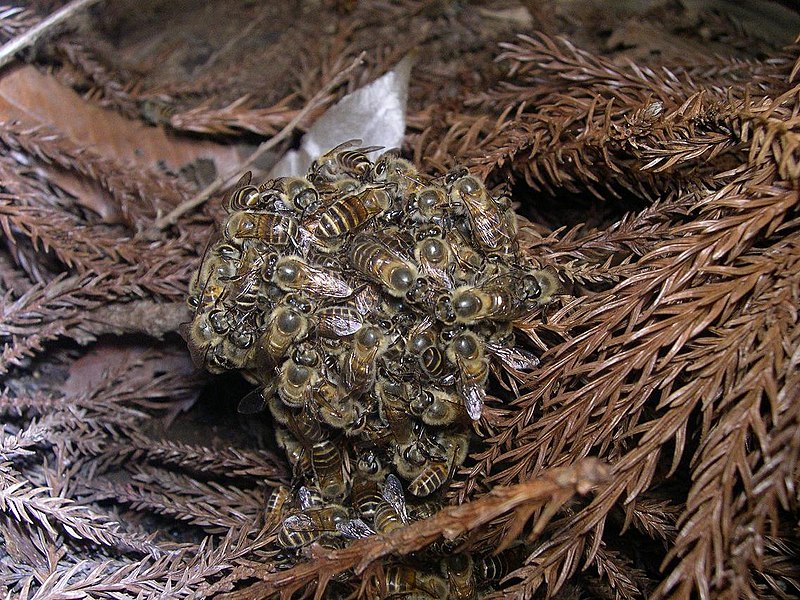Tara80
ACR Breeder # 787
I personally have a goal, which is to spend a little time each day reading and learning about something new.
Whether it is science based, history, current events.. you name it.
I'd like to initiate a thread where we can share information or facts that we have learned and think might be something cool to pass along to the next person.
I'd like to start with the Seed Vault. The Svalbard Global Seed Vault in particular.
http://en.wikipedia.org/wiki/Svalbard_Seed_Vault
An article on an issue of concern involving GM crop companies like Monsanto working with the vault:
http://worldtruth.tv/doomsday-seed-vaults-secrets/

Whether it is science based, history, current events.. you name it.
I'd like to initiate a thread where we can share information or facts that we have learned and think might be something cool to pass along to the next person.
I'd like to start with the Seed Vault. The Svalbard Global Seed Vault in particular.
The Svalbard Global Seed Vault (Norwegian: Svalbard globale frøhvelv) is a secure seedbank located on the Norwegian island of Spitsbergen near the town of Longyearbyen in the remote Arctic Svalbard archipelago, about 1,300 kilometres (810 mi) from the North Pole. It was started by conservationist Cary Fowler in association with the Consultative Group on International Agricultural Research (CGIAR), and functions to preserve a wide variety of plant seeds in an underground cavern. The seeds are duplicate samples, or "spare" copies, of seeds held in gene banks worldwide. The seed vault is an attempt to provide insurance against the loss of seeds in genebanks, as well as a refuge for seeds in the case of large-scale regional or global crises. The seed vault is managed under terms spelled out in a tripartite agreement between the Norwegian government, the Global Crop Diversity Trust (GCDT) and the Nordic Genetic Resource Center (NordGen).
Construction of the seed vault, which cost approximately NOK 45 million (US$9 million), was funded entirely by the government of Norway. Storage of seeds in the seed vault is free-of-charge. Operational costs will be paid by Norway and the Global Crop Diversity Trust. Primary funding for the Trust comes from organisations, such as the Bill & Melinda Gates Foundation, and from various governments worldwide.
http://en.wikipedia.org/wiki/Svalbard_Seed_Vault
An article on an issue of concern involving GM crop companies like Monsanto working with the vault:
http://worldtruth.tv/doomsday-seed-vaults-secrets/








